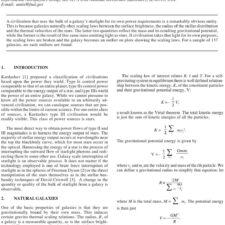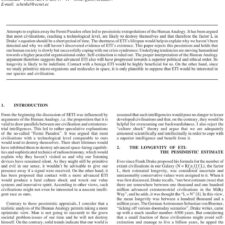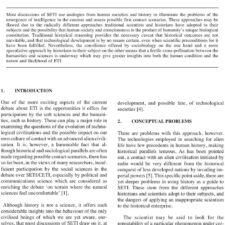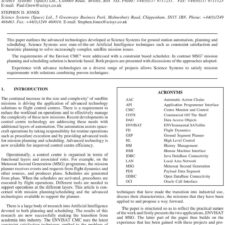The Future and Stapledon’s Visions
£5.00
A. Sawyer (2012), JBIS, 65, 25-29
Refcode: 2012.65.25
Keywords: Olaf Stapledon, flight, philosophy, future, space travel, time, metaphor
Abstract:
This essay considers the roots of the idea of flight in Olaf Stapledon’s Last and First Men, in particular how it is both a symbol of technological and social change, and how it develops from earlier speculations fictions about ballooning at the beginning of the nineteen century to the work of H. G. Wells and Rudyard Kipling at the beginning of the twentieth. While many of these fictions are concerned with the symbolic or mythic qualities of the “conquest of the air”, their writers also see flight as something firmly grounded in the real world: something that will definitely happen, and not only be the future but will create it in unforeseen ways.
Flight is important to Stapledon particularly as an ecstatic, even messianic, response to the idea of the future, which develops from early twentieth century utopian desires. But it is also a central metaphor for his future-history. The aeroplane journey, spanning vast distances from takeoff to touchdown is the image he brings to help us understand how his “journey” from First to Eighteenth men, spanning vast expanses of time, is to experienced.
Related products
-

Placing A Limit on Star-Fed Kardashev Type III Civilisations
£5.00 Add to basket -

The Nature of ETI, Its Longevity and Likely Interest in Mankind – The Human Analogy Re-Examined
£5.00 Add to basket -

SETI and the Historian – Methodological Problems in an Interdisciplinary Approach
£5.00 Add to basket -

Advanced Technology for Mission Planning and Scheduling
£5.00 Add to basket

